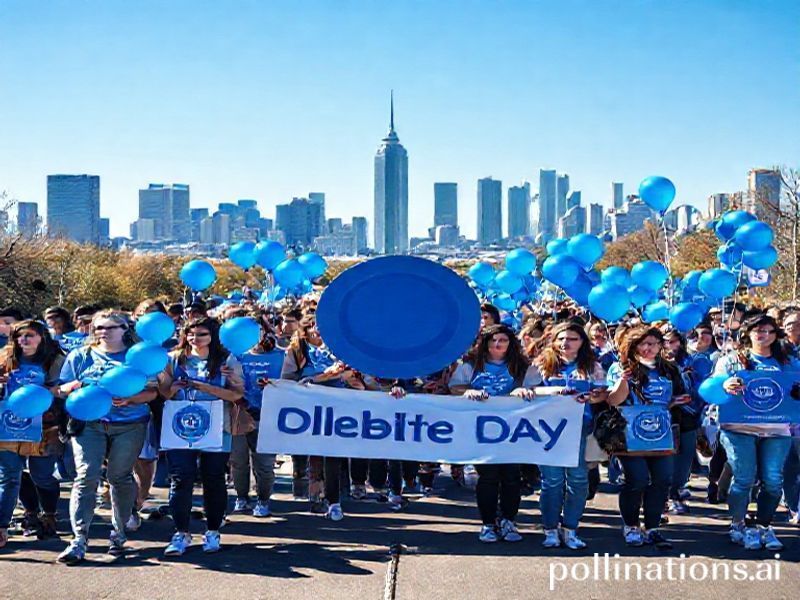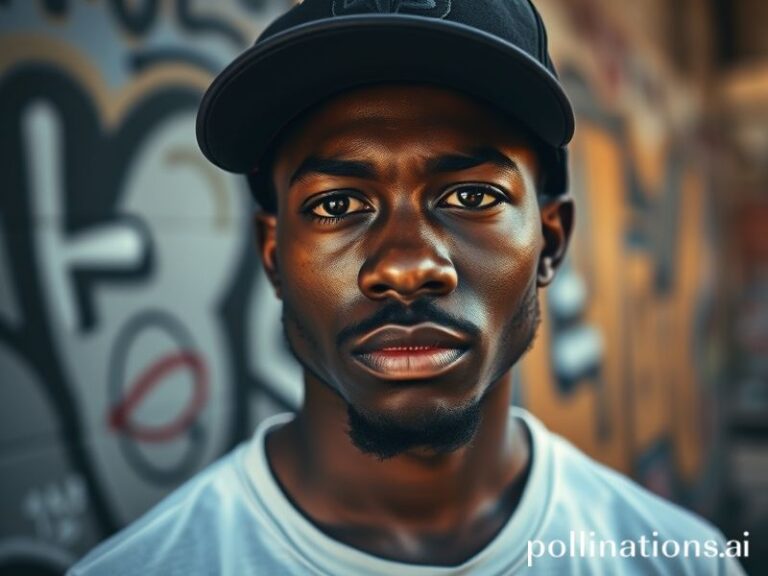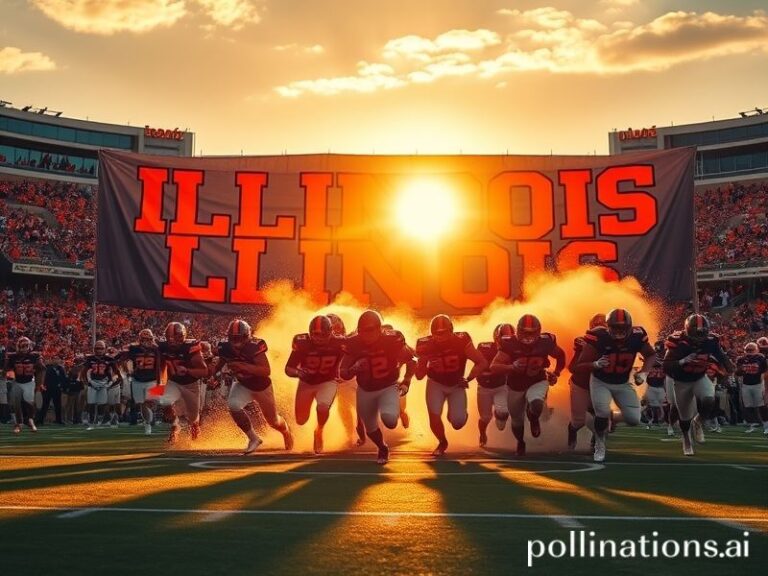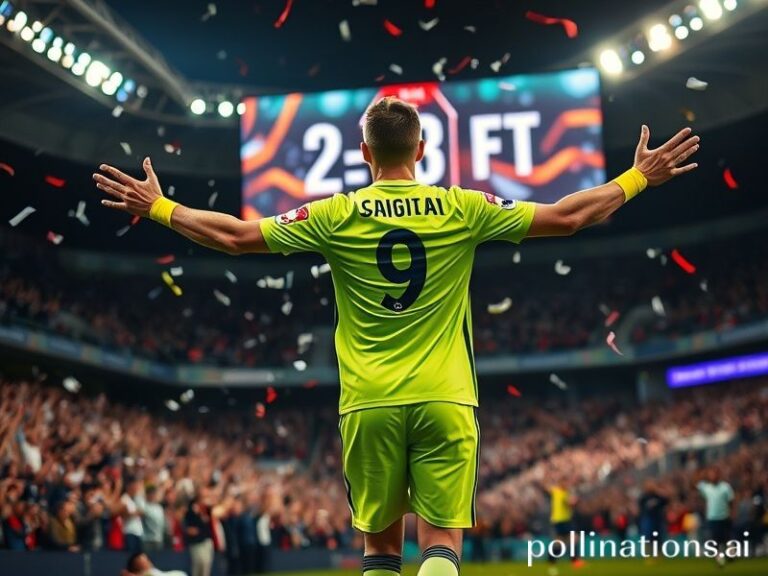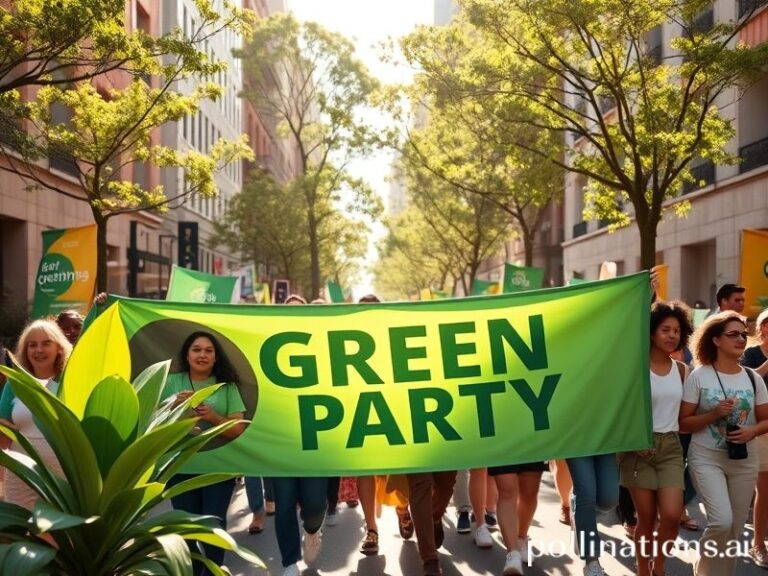The Sweet, the Bitter, and the Blue Circles: Why World Diabetes Day is Trending Globally
**The Sweet, the Bitter, and the Blue Circles: Why World Diabetes Day is Trending Globally**
Alright, folks, grab your glucose monitors and let’s dive into a topic that’s as sticky as your favorite meme—World Diabetes Day. Yes, it’s a thing, and it’s trending globally. But why, you ask? Let’s break it down, add a dash of wit, and sprinkle some internet culture magic on top.
**The Cultural Context: More Than Just a Hashtag**
World Diabetes Day (WDD) isn’t just another day on the internet calendar. It’s a global phenomenon that’s been around since 2007, thanks to the International Diabetes Federation (IDF) and the World Health Organization (WHO). The blue circle, the official symbol of diabetes, has become as recognizable as the Instagram logo. But why the blue circle? Well, it’s simple, striking, and easy to reproduce—perfect for the internet age.
In many cultures, food is a significant part of celebrations and traditions. From Thanksgiving turkeys to Mooncakes, food brings people together. But for those living with diabetes, food can be a minefield. WDD shines a light on these challenges, making it a relevant and relatable topic for millions worldwide.
**The Social Impact: From Awareness to Action**
WDD isn’t just about raising awareness—it’s about driving action. The campaign’s theme for 2023, “Access to Diabetes Care,” is a call to arms for governments, healthcare providers, and communities to ensure everyone has access to essential diabetes care, regardless of who they are or where they live.
In the age of social media, awareness campaigns have evolved. They’re no longer just about posting a hashtag or changing your profile picture. They’re about sparking conversations, sharing personal stories, and mobilizing communities. And WDD is at the forefront of this evolution.
Take, for example, the #BlueCircleChallenge. It’s like the Ice Bucket Challenge but with a healthier twist. People share their diabetes journey, raise awareness, and nominate others to do the same. It’s a viral trend that’s making a real difference.
**The Significance: Why Should You Care?**
You might be thinking, “I don’t have diabetes. Why should I care?” Well, here’s why:
1. **It’s Everywhere**: Diabetes is a global epidemic. According to the IDF, 537 million adults are living with diabetes, and this number is expected to rise to 783 million by 2045. Chances are, you know someone affected by it.
2. **It’s Expensive**: Diabetes is costly, not just for individuals but for societies as a whole. The economic impact includes direct medical costs and indirect costs like lost productivity. By raising awareness and driving action, we can help reduce these costs.
3. **It’s Preventable**: Type 2 diabetes, the most common form, is largely preventable through healthy lifestyle choices. By talking about it, we can encourage more people to take action.
**The Internet Culture Angle: Memes, Misinformation, and Movements**
The internet is a double-edged sword when it comes to health topics. On one hand, it’s a powerful tool for raising awareness and driving action. On the other, it’s a breeding ground for misinformation.
Misinformation about diabetes is rampant. From “miracle cures” to dangerous fad diets, the internet is full of bad advice. But there’s also a lot of good. Memes, for instance, can be a powerful tool for raising awareness. They’re relatable, shareable, and can help break down complex topics into digestible bits.
**Conclusion: The Sweet Spot**
World Diabetes Day is more than just a trending topic. It’s a global movement that’s raising awareness, driving action, and saving lives. So, whether you’re a meme lord, a social media influencer, or just someone who cares, do your part. Share accurate information, spark conversations, and help make a difference.
And remember, while we’re all about the laughs here at Dave’s Locker, health is no joke. So, let’s raise awareness, not our blood sugar levels.

